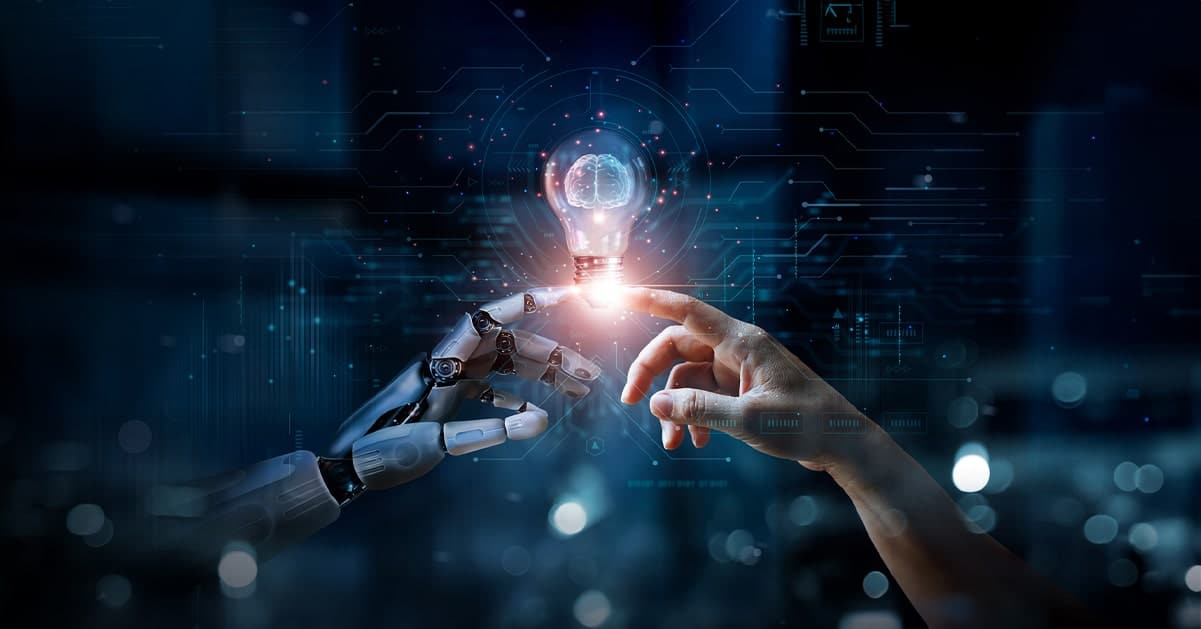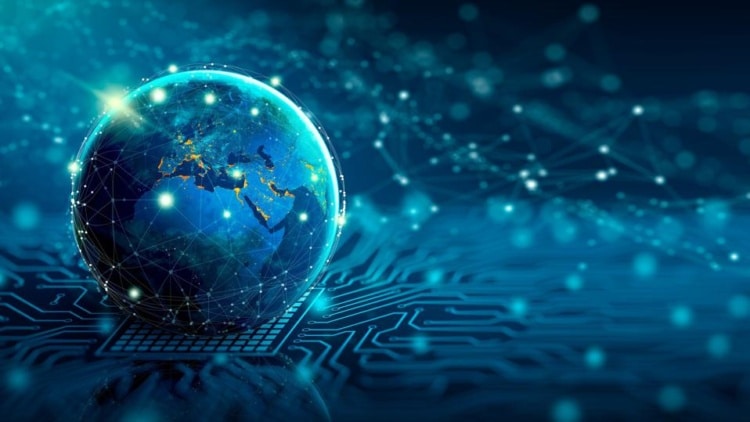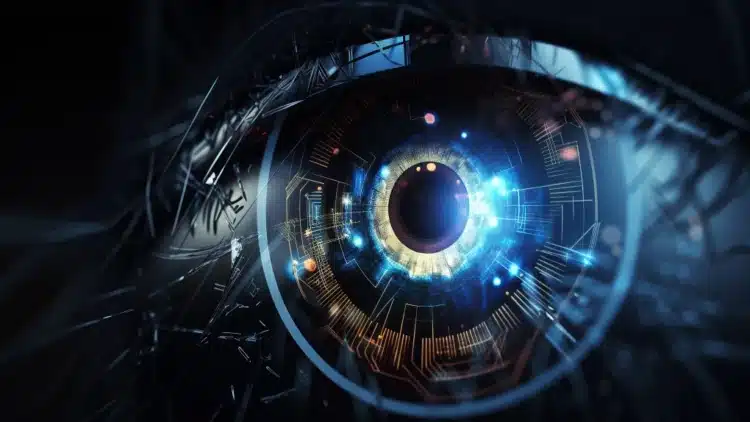As someone who has spent over a decade navigating the intersection of software engineering, AI innovation, and business leadership, I’ve had a front-row seat to the rapid acceleration of automation. While I remain an optimist at heart and believe AI holds incredible potential for humanity, I cannot ignore the effects: the displacement of millions of jobs across industries.
In this article, I’ll break down in detail how artificial intelligence and related technologies could trigger mass unemployment. We’ll go beyond surface-level discussions and explore specific job categories, provide data-backed predictions, and offer real-world examples based on what I’ve seen as CTO of Extremoo and in the broader tech world.
The Mechanics of AI-Driven Job Displacement
Why Automation Is Different This Time
We’ve faced waves of technological disruption before: the steam engine, the computer, the internet. But AI, especially when coupled with robotics, natural language processing, and computer vision, is different. It doesn’t just automate physical tasks, it automates cognitive labor.
For example, in one of our internal projects at Extremoo, we experimented with fine-tuning a large language model to analyze our affiliate performance reports. What previously took a junior analyst a full day to compile, the AI could summarize and interpret in under 30 seconds.
This is no longer just about replacing factory workers – it’s about replacing marketers, journalists, legal assistants, customer support reps, and even software developers.
Job Categories Most at Risk
Let’s break down specific categories at high risk of automation. Based on data from McKinsey Global Institute, PwC, and my personal observations, the following jobs are in the automation danger zone:
Vulnerable Job Categories and Risk Factors
| Job Category | Examples | Risk Level | Why They’re Vulnerable |
|---|---|---|---|
| Administrative Support | Data entry, Scheduling | High | Repetitive, rule-based tasks easily done by RPA or LLMs |
| Customer Service | Call center agents, Chat reps | High | NLP models like GPT-4 can handle complex queries at scale |
| Retail and Food Services | Cashiers, Order clerks | High | Self-checkouts, kiosks, and ordering apps reduce human need |
| Transport and Delivery | Truck drivers, Couriers | High | Autonomous driving technologies advancing rapidly |
| Manufacturing and Warehousing | Assembly line workers | High | Robotics already replacing human roles in logistics |
| Legal and Paralegal | Legal research, Contracts | Medium | AI can draft, review, and summarize contracts |
| Journalism and Content | News writers, Copywriters | Medium | Generative AI producing near-human-quality text |
| Accounting and Auditing | Bookkeepers, Tax preparers | Medium | Automation software handles routine bookkeeping and reports |
| Software Development | Junior devs, QA testers | Medium | AI-assisted code generation and testing is improving fast |
| Healthcare Support | Radiology techs, Admin staff | Low-Medium | AI assisting in diagnostics, not replacing physicians yet |
Personal Case Studies and Examples
Example 1: AI-Powered Reporting at Extremoo
At Extremoo, we have a BI pipeline that ingests data from over 30 affiliate platforms. We trained a custom LLM model that learns from historical reports and generates weekly summaries for our team. Before implementing this, we had a full-time analyst and a junior assistant doing this work. Now it’s done in 30 seconds, 24/7, without breaks.
This doesn’t mean we fired the analysts – yet. But it means we won’t be hiring more of them. That’s the silent effect of AI: not always job destruction, but job stagnation.
Example 2: Automated Content Briefing
We tested an internal tool for content briefing using a combination of multiple LLM models and keyword APIs. The tool could generate SEO outlines in 2 minutes, compared to the 45 minutes it took our human team. This doesn’t replace the content team entirely, but it reduces the workload significantly.
Future Projections and Economic Impact
According to the World Economic Forum (Future of Jobs Report), 85 million jobs may be displaced by machines by 2025 – but 97 million new roles may emerge. However, that math is misleading.
The Real Problem – Skill Mismatch
The issue isn’t just jobs lost vs. jobs gained—it’s the skills mismatch. A cashier replaced by a self-checkout machine can’t become a machine learning engineer overnight.
Projected Timeline of Displacement
| Year | Estimated Global Job Displacement | Notes |
| 2025 | 85 million | Mostly in low to mid-skill roles |
| 2030 | 400 million+ | Acceleration in AI adoption across white-collar sectors |
| 2040 | 800 million+ | Potential global labor redefinition |
Social and Political Implications
Mass unemployment or underemployment can have profound consequences:
- Widening inequality: Those with access to AI tools become exponentially more productive and wealthier.
- Rise in mental health issues: Job loss leads to stress, depression, and societal unrest.
- Political instability: Economic displacement can foster populist movements and anti-tech sentiment.
We’re already seeing governments scrambling to regulate AI or push for retraining programs. But so far, there’s a major lag between policy and reality.
What Can Be Done? (And Why It May Not Be Enough)
1. Reskilling and Education
Governments and private institutions must offer scalable retraining programs. But retraining someone from truck driving to data science is a multi-year investment, and not everyone will adapt.
2. Universal Basic Income (UBI)
This controversial idea may become inevitable. If machines do the work, and productivity is decoupled from employment, people will need income from somewhere.
3. Human-Centered AI Design
We need more systems that augment rather than replace humans. Think of AI copilots, not AI overlords.
Conclusion: A Fork in the Road
The rise of AI is like fire – it can cook our food or burn our house down.
From what I’ve seen in the field, the technology is here, the adoption is growing, and the economic incentives to automate are too strong to ignore. If we don’t act with foresight and compassion, mass unemployment may become a permanent feature of our society.
As technologists, business leaders, and citizens, we must ask: what kind of future are we building – and who gets left behind?
Further Reading
- “The Future of Employment” – Oxford University
- “McKinsey – AI, automation, and the future of work: Ten things to solve for
Feel free to share your thoughts or connect with me. Let’s build a future that works for everyone.






